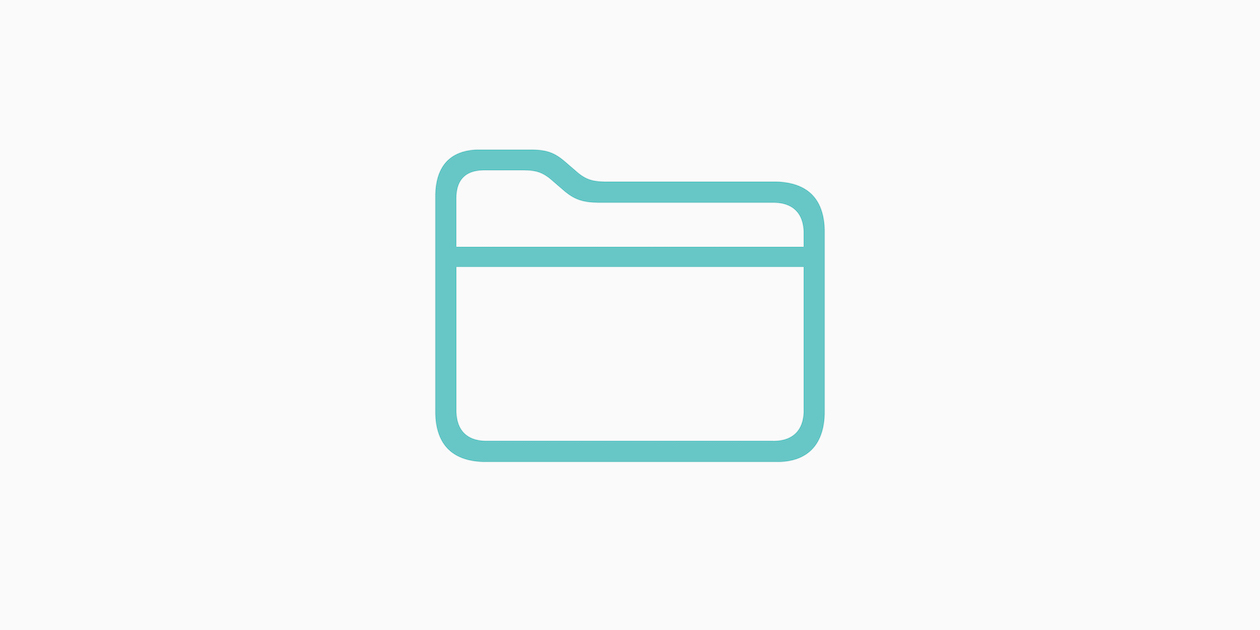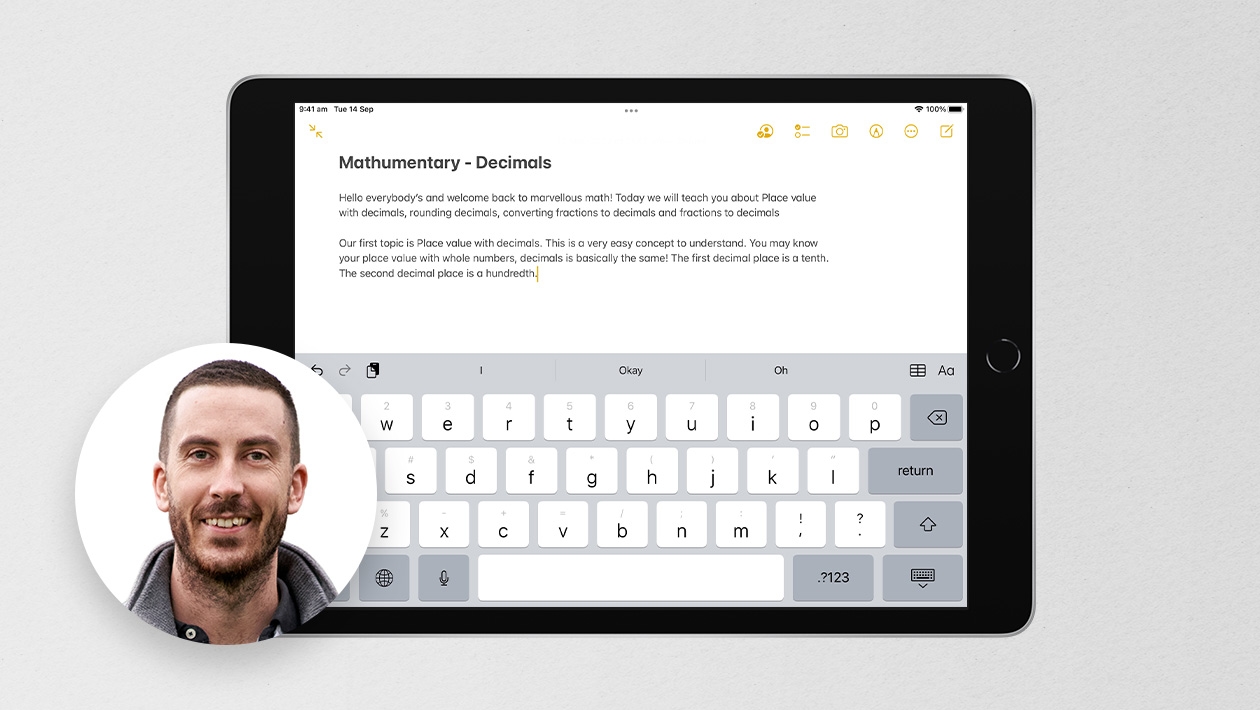I have students identified with Dyscalculia and others who struggle with many of the similar barriers to understanding, such as:
- difficulty with numeracy (comparing numbers, ordering numbers, recalling math facts) and calculations;
- visual processing;
- short- and long-term memory; and
- the language of math.
In my previous post, Supporting My Students Who Struggle in Math - Reference Documents (made in Keynote), I shared the reference documents I created for my students. These reference documents serve as a scaffold to allow my students to access content, minimizing the barrier of memory challenges.
Getting Started
Today I shared a series of Getting Started tutorials with these students with the intent of helping them engage in the problems and launch into the thinking required to solve them. I know that to get started solving a problem can be a near impossible uphill climb for students with weak short- and long-term memories.
I have created many, many how-to videos related to math concepts in the past. The difference with these videos, though, is they do not walk the students all the way to the end of the problem solving process. The videos start at the beginning, model the use of tools and strategies relevant to the problem, and somewhere mid-way through the process, I stop writing and tell the students they need to take it from there.
I want to set my students up for thinking, not do all the thinking for them. I want them to keep the momentum of the problem solving going and end with a solution and success.
My Process to Create
Using Freeform on my iPad, I narrated the process as I wrote out the problems with my Apple Pencil and began to solve them. I color-coded parts of the problem, as appropriate, and occasionally brought in images relevant to the problems, such as 100-grids or base-ten blocks. I used Screen Record to capture the screen, with the microphone turned on.
The process was really simple and I created many of the videos in one take.
Update
The videos were a success! My students only accessed the ones they needed and listened intently to my voice using the same language they heard me use during our lessons together. They watched me color-code numbers, drag in models, and illustrate concepts. And, as the video ended, my students kept going! They were able to complete the problems and feel more confident doing so.









November 21, 2025 . English
English
I love this! I have made countless screen recordings for my students, and include examples where I say “pause the video and try this one on your own” but then after waiting a beat, I still go ahead and do the problem. I think I will stop finishing the problem on the video and encourage them to seek out help from other students first, then they can come ask me further questions.
Where do you share your videos with them? Right now I house mine in a Google Classroom so they have access to them all year.
This action is unavailable while under moderation.
This action is unavailable while under moderation.